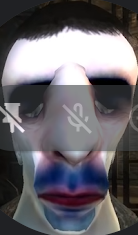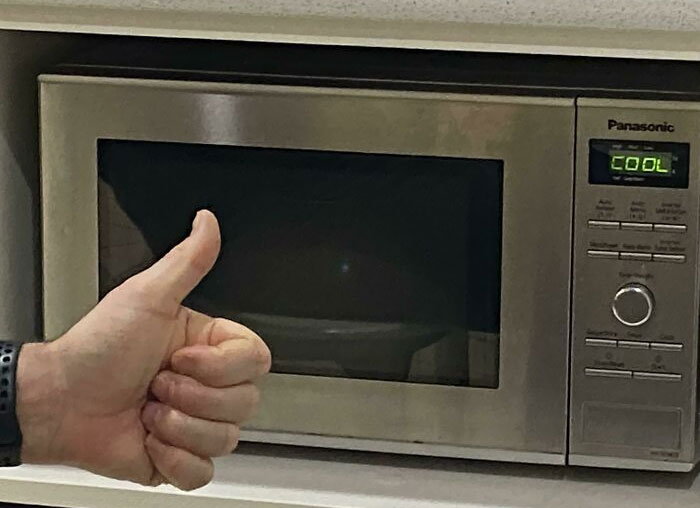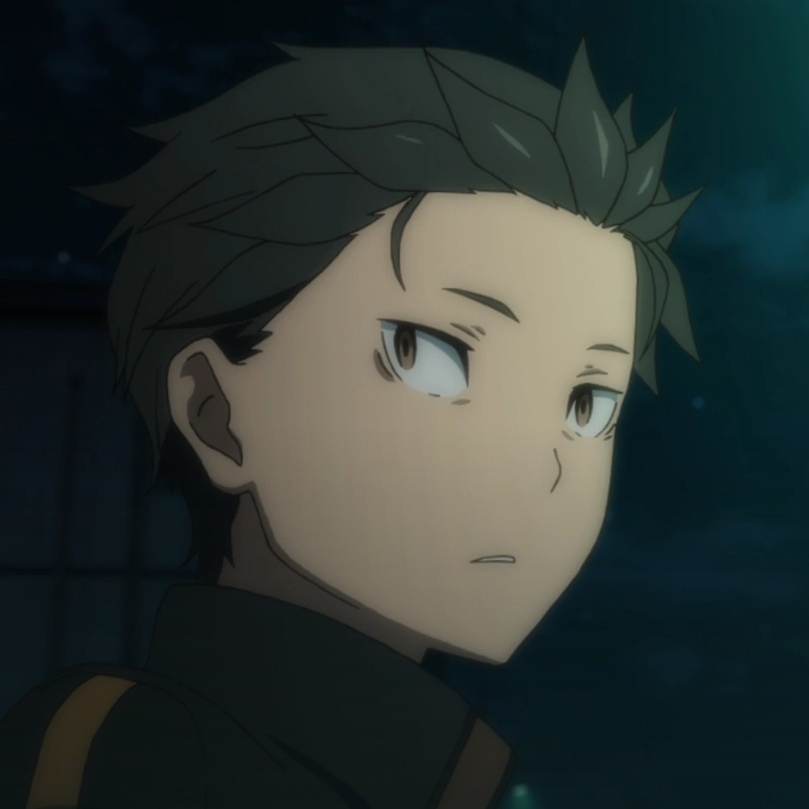Most of the time, it’s not the voice-acting quality that’s bad…
It’s just a bit of an awkward uncanny valley hearing it…
There are times when the sound effects and other sounds are mixed with dialogue into the original audio, so the English dub doesn’t have it. This makes it feel empty and lifeless.
Most media has an “M&E” version, Music & Effects.
In the course of sound editing, everything possible is split apart:
Spoken dialogue gets its own set of tracks.
“Good” noises caught on-set (usable footsteps, paper shuffling, etc) are called Production Effects (PFX), and those get their own tracks. The dialogue editor has to dig those out of the dialogue tracks and separate them into their own tracks. The dialogue editor also cleans out any “bad” noises.
Foley, like footsteps or horse hooves, get its own set of tracks.
Voiceover (ADR) gets its own tracks.
“Futz” meaning stuff that’s coming through a speakerphone or something, gets its own tracks. That’s all created in post production from either ADR sessions, or wild takes on-set.
“Hard effects” like explosions or other things that the post production team create, or otherwise pull in from outside of what was shot on-set get their own tracks.
Background sounds get their own tracks.
Music obviously gets its own tracks.
The M&E mix for international re-recording is generally the following:
PFX Foley Hard FX Backgrounds Music
That way whatever team is overdubbing the foreign language tracks can work with material that doesn’t interfere with what they’re trying to do.
Part of the “uncanny valley” effect that you’re getting is that international overdubs have to be done in a sound booth, and then reverb/delay has to be added to make the dialogue sound like it’s actually being spoken in the environment you see onscreen. Faking that experience through reverb and sound design is actually a really, REALLY difficult thing to pull off convincingly. There’s just no substitute for all the tiny cues our ears perceive from the nuances of what’s actually recorded on-set.
That’s why it so often sounds fake. Because it is. And like Mr. Plinkett says, your ears might not have been able to tell that something was wrong, but your brain could.
All this hard work, and then music and effects blast away your speakers and dialogue is barely audible on same settings.
That’s because your streaming device isn’t set by default to request the stereo stream. It’s picking up the surround stream and then doing a shitty job of folding it down to stereo. I bet old movies shot in stereo and mono probably have easier-to-hear dialogue on your particular home setup. Right?
I have no idea why manufacturers won’t change this default setting, but go in to the audio settings of your Apple TV or whatever and change your sound preference from “auto” to “stereo.”
Part of our deliverables is to make several different versions of every mix, including generally at very least one 5.1 surround mix and one stereo. I assure you that the stereo version that we make at the dub stage sounds a thousand times better than whatever garbage your TV is inventing by flattening the 5.1 (or possibly even Atmos) stream into stereo.
Yes, older media sounds perfectly fine. I have a BD player and use the “smart features” of my TV. Both devices are set to stereo.
I always dream of separate volume sliders for voice and effects/music. Those are already separate on BD because of different language options.
If older movies are sounding fine, then something still isn’t set to request the stereo stream/audio file (not just play back in stereo: actually pull the stereo file). I’d investigate further… Whenever I change this for family members, it works 100% of the time.
Mmmh, so then I guess I have to live with it. There are no further options to set.
I usually set mine to mono and get along okay.
Oh oh I know this one! It’s because the VAs have to match the lip flaps of a completely different language.
Probably part of it is the voiceover director, and part of it is the budget. If you’re working really cheaply, you won’t have many opportunities to redo lines to get things to sound more natural.
I think it’s because the language being spoke in the original doesn’t translate perfectly to the other and the lip movements might last longer or less time than what it would be in english. Therefore, people are having to say things that aren’t exactly natural to make sure they’re still speaking as long as the lips are moving. If that makes sense.
Yes, I have noticed tin particular he “animé grunt” where even a silent expression or a gasp would do.
I mean the original Japanese audio has those sounds too but it probably doesn’t sound weird because I’m used to Japanese sounding like that






